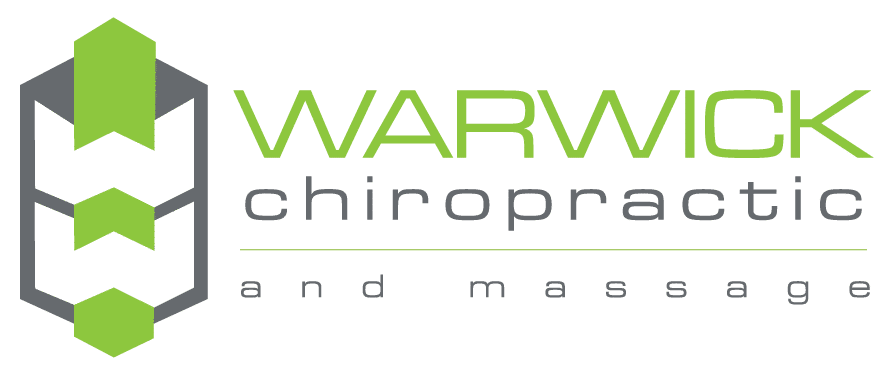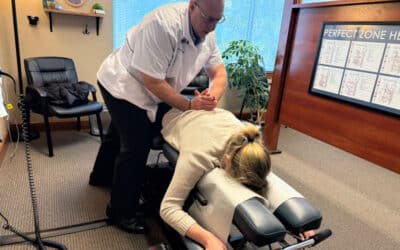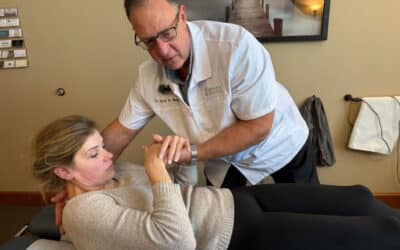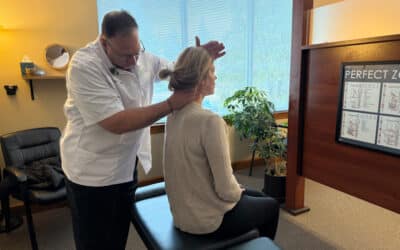How Do Adjustments Work?
Chiropractic adjustments work by applying precise, controlled force to specific joints to reduce pressure and restore alignment. This improves nerve communication and activates your body’s natural healing response.
Adjustments are specialized techniques I use to help restore your body’s natural balance and function. As a chiropractor, I employ various methods, from hands-on manipulation to instrument-assisted procedures, that apply precise force to specific areas of your spine and joints. When I perform an adjustment, it creates a controlled movement that helps reduce pressure, improve nerve communication, and enhance your body’s natural healing abilities. You’ll often experience immediate relief as these techniques work to realign your body and restore proper movement to restricted joints.
Key Takeaways:
- Chiropractic adjustments can be performed using either hands-on techniques or specialized instruments, each delivering controlled force to specific areas of the spine to reduce pressure and improve body communication
- The effectiveness of adjustments comes from both the technique used and the practitioner’s ability to create a healing connection with the patient through trust and presence
- Different adjustment techniques (manual, instrumental, or energy-based) can be effective for improving spinal health and overall wellness when matched appropriately to patient needs
The Mechanics of Spinal Adjustments – How Do Adjustments Work
During a chiropractic adjustment, I apply precise force to specific vertebrae using calculated angles and controlled pressure. This targeted approach allows me to address misalignments while respecting your body’s natural structure. Each adjustment technique I use is carefully selected based on your specific condition, body type, and comfort level.
The Science of Force Application
My adjustments utilize specific vectors and measured force – typically between 200-400 Newtons for manual techniques. The direction and speed of force application matters significantly: high-velocity, low-amplitude thrusts create the most effective vertebral movement while maintaining safety. I carefully control these forces through years of trained muscle memory and biomechanical understanding.
The Role of Cavitation in Healing
The “popping” sound you hear during adjustments comes from a process called cavitation – the release of gases from joint fluid when I create space between vertebrae. While not always necessary for healing, this release often indicates successful joint mobilization.
Cavitation triggers several beneficial physiological responses in your body. The sudden change in joint pressure stimulates mechanoreceptors, which help reduce pain signals and muscle tension. This process also releases endorphins and promotes increased blood flow to the adjusted area, supporting your body’s natural healing mechanisms. Research shows these effects can last anywhere from a few hours to several days following treatment.
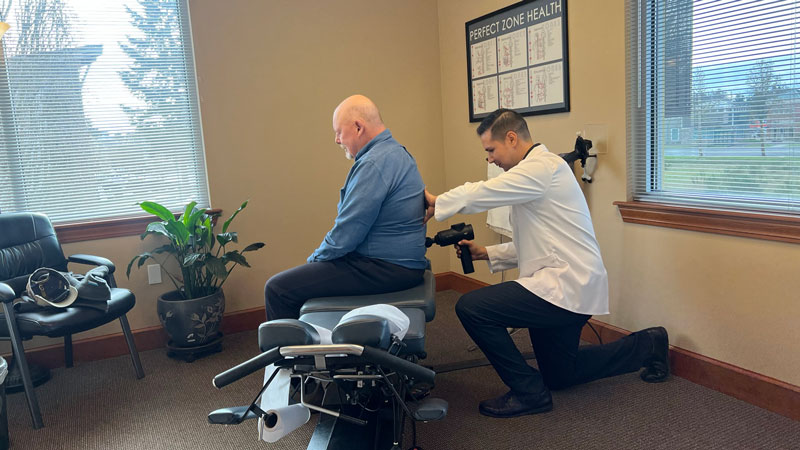
Tools of the Trade: Instruments vs. Hands-On Techniques
In my practice, I utilize both manual adjustments and specialized instruments to deliver precise corrections to your spine. Each approach offers unique benefits, allowing me to customize treatment based on your specific condition, comfort level, and response to care. The choice between hands-on or instrument-assisted techniques often depends on factors like the area being treated, the nature of the misalignment, and your individual preferences.
Comparing Traditional and Instrument-Assisted Adjustments
Adjustment Method Comparison
| Manual Adjustments | Instrument-Assisted |
|---|---|
| – Direct hands-on contact – Immediate feedback – Traditional approach – Greater force control |
– Precise targeting – Consistent force delivery – Computer-aided analysis – Gentler approach |
Effectiveness of Different Approaches
Both manual and instrument-assisted adjustments achieve excellent results in my practice. Manual techniques allow me to feel subtle changes in joint movement and tissue response, while instruments provide consistent, measurable force delivery. Research shows that both methods effectively restore proper joint function and reduce pain.
My experience with thousands of patients demonstrates that success rates are comparable between both approaches. The Activator Method, which I frequently use, has shown particularly positive outcomes for neck pain and headaches, while manual adjustments excel in treating lower back conditions. The key lies in selecting the right technique for each patient’s unique situation.
The Neurophysiology of Adjustments
Chiropractic adjustments trigger specific neurological responses in your body. When I perform an adjustment, it stimulates specialized nerve receptors in your spinal joints, muscles, and ligaments. These receptors send signals through your nervous system, initiating a cascade of beneficial responses including reduced muscle tension, improved joint mobility, and enhanced nervous system function.
How Adjustments Influence Nerve Communication
Your spine houses delicate nerve pathways that connect your brain to every part of your body. Through precise adjustments, I can help restore optimal nerve communication by removing interference caused by misaligned vertebrae. This improved nerve flow allows your body to better regulate itself, similar to clearing a blocked communication channel.
The Relationship Between Structure and Function
The alignment of your spine directly impacts how well your nervous system functions. When I correct structural misalignments, I’m actually helping restore proper function throughout your body. Think of your spine as the foundation of a house – when it’s properly aligned, everything above it works better.
I’ve observed this structure-function relationship countless times in my practice. For example, patients with lower back misalignments often experience improvements not just in pain levels, but also in digestive function and sleep quality after adjustments. This demonstrates how spinal alignment influences your entire body’s performance through the intricate network of nerves that branch from your spine.
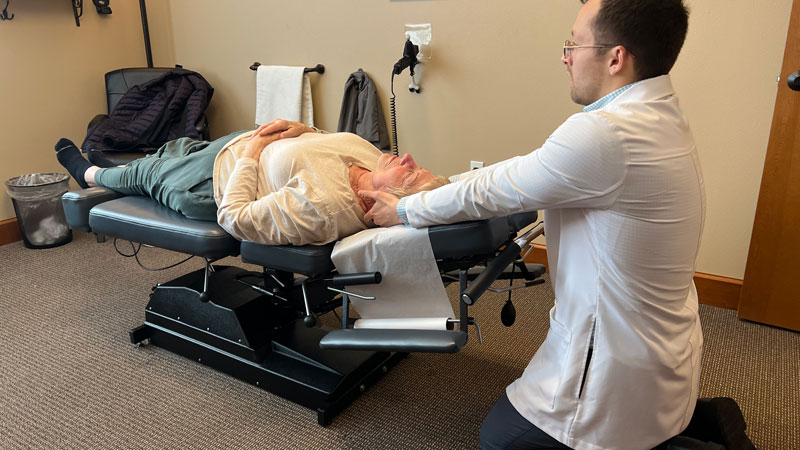
The Human Element in Chiropractic Care
Beyond the technical aspects of adjustments lies a deeper dimension of healing that emerges from the practitioner-patient relationship. In my years of practice, I’ve observed that the most effective treatments combine precise technical skill with genuine human connection. This blend of science and empathy creates an environment where healing can flourish naturally.
Building Trust and Connection with Patients
My approach to patient care starts with listening to your unique story and understanding your body’s specific needs. Through open dialogue and careful observation, I establish a foundation of trust that enhances the effectiveness of every adjustment. Your comfort and confidence in the treatment process directly influence your body’s response to care.
The Power of Intuition in Adjusting Techniques
After thousands of adjustments, I’ve developed an intuitive sense that guides my technique selection and application. This clinical intuition combines my technical knowledge with subtle cues from your body’s response, allowing me to adapt and refine the adjustment in real-time for optimal results.
My hands can detect minute variations in tissue tension, joint mobility, and muscle response that might not be visible to the eye. These subtle indicators help me determine the precise amount of force, direction, and timing needed for each adjustment. Years of experience have taught me that successful treatments often depend on this delicate balance between technical precision and intuitive understanding of your body’s unique patterns.
Beyond the Adjustment: Comprehensive Patient Care
My approach to chiropractic care extends far beyond the adjustment table. By addressing multiple aspects of your health simultaneously, I create a foundation for lasting wellness and optimal body function. This comprehensive strategy combines hands-on treatment with personalized recommendations that support your body’s natural healing abilities.
Integrating Lifestyle and Holistic Health Practices
I combine traditional chiropractic techniques with evidence-based lifestyle modifications tailored to your needs. This includes personalized exercise programs, nutritional guidance, and stress management techniques. My patients who incorporate these practices into their daily routines often experience faster recovery and longer-lasting results from their adjustments.
The Importance of Patient Education and Collaboration
Your active participation in the healing process accelerates recovery and maintains spinal health. During each session, I explain the specific techniques being used, demonstrate proper posture, and share self-care strategies you can implement at home. This knowledge empowers you to take control of your health journey.
My experience shows that patients who understand their treatment plan achieve better outcomes. I use digital imaging and anatomical models to illustrate spinal patterns and demonstrate how daily activities impact your alignment. Together, we develop practical solutions for workplace ergonomics, sleeping positions, and exercise techniques that complement your adjustments. This collaborative approach has helped countless patients maintain their progress between visits and prevent future issues.
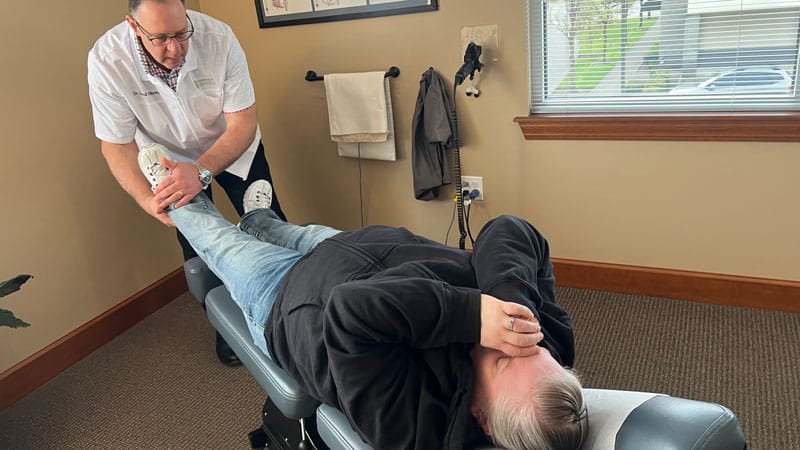
Conclusion
Upon reflecting on the mechanics of chiropractic adjustments, I understand that your body responds to specific techniques through various methods of force application. Whether I use manual manipulation or instrument-assisted adjustments, I aim to restore your body’s natural balance and improve nerve communication. Through my experience, I’ve seen how these techniques create positive changes in your spinal health and overall wellbeing. When you trust in the process and connect with your practitioner, I find that the healing potential of adjustments becomes even more effective, leading to improved function and reduced discomfort.
At Warwick Chiropractic, we utilize several techniques in a practical way that answers the question how do adjustments work. These are designed to eliminate and manage pain. Moreover, each chiropractor does adhere to the standard set of protocols dubbed The Warwick Way to ensure every patient receives the same standard of care. Every patient responds differently to every chiropractor and at present, we have three in the office, so why not try each to see which sits best with you and your condition?
Remember we are walk in friendly, but appointments can also be scheduled. We accept many insurances, so why not find the relief to your pain and stop in and see us today?
FAQ
Q: What are the main types of chiropractic adjustment techniques?
A: There are two primary adjustment methods used by chiropractors. The first is manual adjusting, which involves hands-on techniques using high velocity, low amplitude force. The second method uses specialized instruments like Activator, Pro Adjuster, or Arthrostem, which deliver controlled mechanical force. Both approaches aim to reduce pressure and improve spinal function through precise application of force to specific areas.
Q: How do adjustments affect the body’s nervous system?
A: When an adjustment is performed, it creates a controlled movement in the spine that stimulates the spinal cord and nerve areas. This stimulation helps improve communication throughout the body’s nervous system. Similar to resetting switches in a fuse panel, adjustments help restore proper nerve function and energy flow, allowing the body’s natural healing systems to work more effectively.
Q: What factors influence the effectiveness of chiropractic adjustments?
A: The success of adjustments depends on multiple factors. These include the specific technique used, the practitioner’s skill level, and the patient’s individual needs. The connection between the chiropractor and patient also plays a significant role – when there’s trust and good communication, the healing process can be more effective. Different techniques work differently for each person, so finding the right combination of practitioner and method is important.

Dr. David Warwick, DC, is a board-certified chiropractor with over two decades of experience helping people find fast, effective relief from back and neck pain. He is the only chiropractor in Lacey, WA certified in the Zone Technique — a specialized healing method that restores balance to the body’s six systems for long-term wellness.
At Warwick Chiropractic & Massage, Dr. Warwick focuses on short-term, results-driven care, helping patients return to life without unnecessary long-term treatment plans. His clinic welcomes walk-ins and offers convenient online scheduling for modern, flexible chiropractic care.
Dr. Warwick is committed to educating his patients and the public about natural pain relief, spinal health, and how chiropractic care can be both simple and life-changing.
